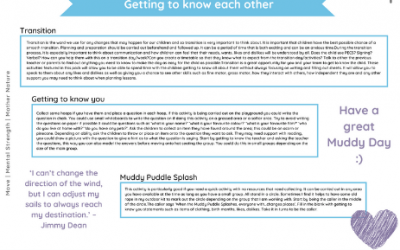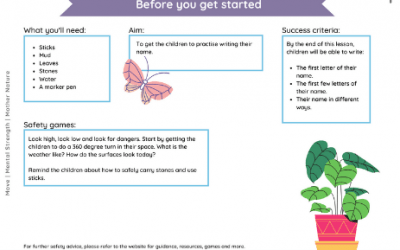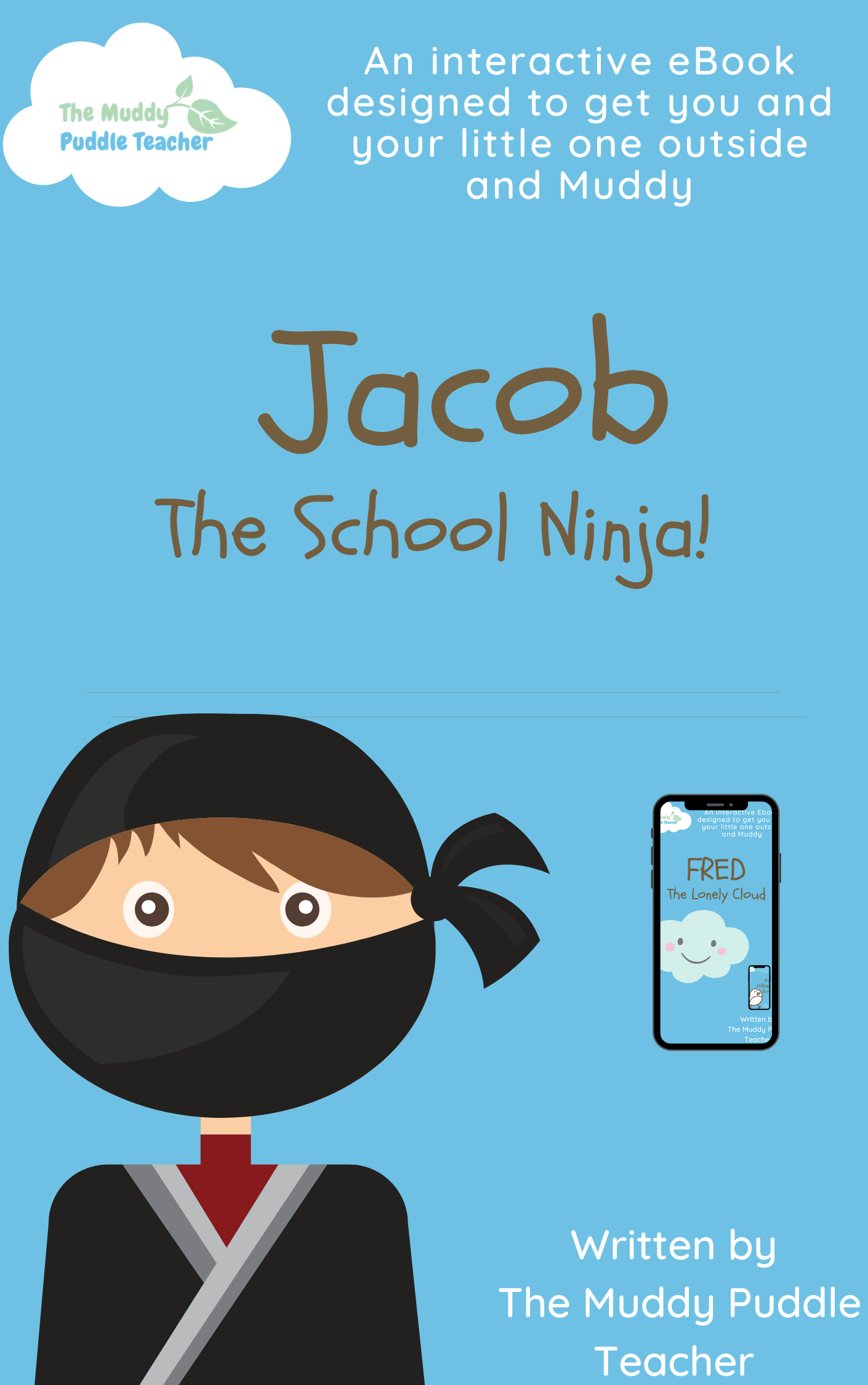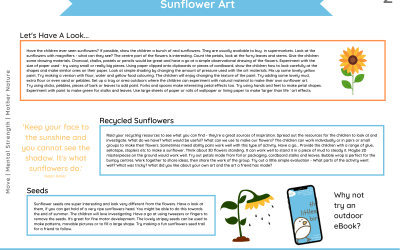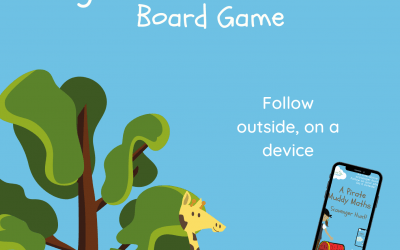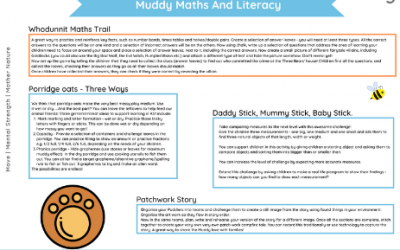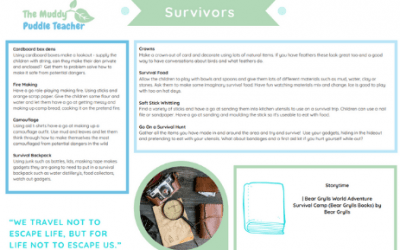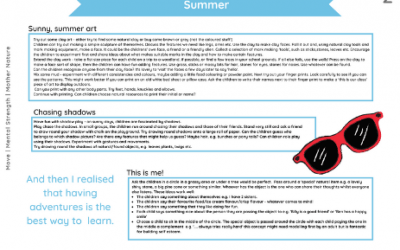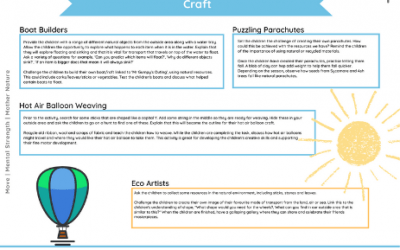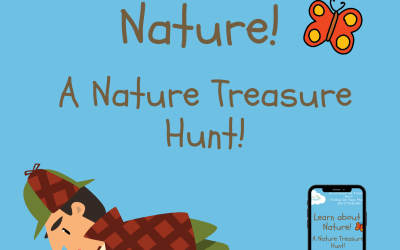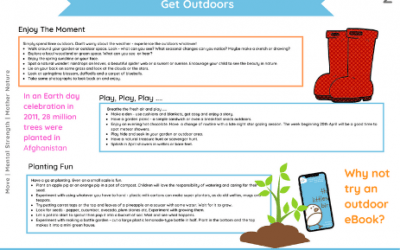Use this delightfully muddy pack of ideas to make transition week the best fun. Use the outside space to help children get to know each other, you and the class
Name Writing Practice
Sep 7, 2020
Let the MPT approach help you take name writing to another level. One that allows all children to have success at writing their own name at their own pace.
Jacob the Ninja EBook
Sep 2, 2020
Use Jacob the Ninja to encourage comprehension skills ina rather unique and muddy way. Take it outdoors and watch hthis area develop.
*FREE* Sunflowers EYFS
Sep 2, 2020
Use Sunflowers EYFS to get lots of muddy ways and ideas to take this topic outside. Use only natural and upcycled resources.
Pizza Shop Adding Money 1p 2p 5p & 10p EBook
Sep 2, 2020
Apply Pizza Shop Adding Money 1p 2p 5p & 10p outside the Muddy Way. Use only upcycled and natural materials.
Burger Shop Making Money 1p 2p 5p & 10p
Sep 2, 2020
Use Burger Shop Making Money 1p 2p 5p & 10p to take money outside, working alongside others. Use only natural and up cycled resources.
Counting to 10 Jungle EBook
Sep 2, 2020
Use Counting Numbers up to 10 to help practice and remember those tricky first set of numbers. Have fun, bond and get Muddy!
Halving Facts to 20 Hedgehog EBook
Sep 2, 2020
Consolidating halving facts to 20 can get stale. Make this more fun and use our outdoor board game. A device & a dice is all you need.
Pizza Shop Adding Money 1p & 2p
Sep 2, 2020
Help your class learn about adding 1p and 2p together by playing this fun Muddy board game. All you need is a device and a dice!
Goldilocks & the Three Bears
Jul 23, 2020
Use Goldilocks & the Three Bears KS1 to take this much loved traditional tale outside using innovative and outdoor ideas that link in curriculum objectives.
Survivors topic Ideas
Jul 23, 2020
Do you have any Bear Grylls fans in your class? Use this inspiring idea pack to help you pick and choose ideas to take more of this topic outside using only natural resources. Does your class have what they need to survive?
All About Me
Jul 23, 2020
Use All About Me EYFS to get this fun Science topic outside the muddy way. Full of lots of creative, active lesson ideas.
Early Years Transport
Jul 23, 2020
Transport EYFS
Outdoor Easter Treasure Hunt
Jul 23, 2020
Easter Treasure Hunt -EYFS – Ages 3-5
Nature Treasure Hunt EBook
Jul 23, 2020
Nature Treasure Hunt EYFS Ages 3-5
Easter Scavenger Hunt
Jul 23, 2020
Crack the Code – Easter – Scavenger Hunt – EYFS – Ages 4-5
Spring Treasure Hunt
Jul 23, 2020
Spring Treasure Hunt EYFS
EYFS Earth Day
Jul 23, 2020
Earth Day EYFS
New In
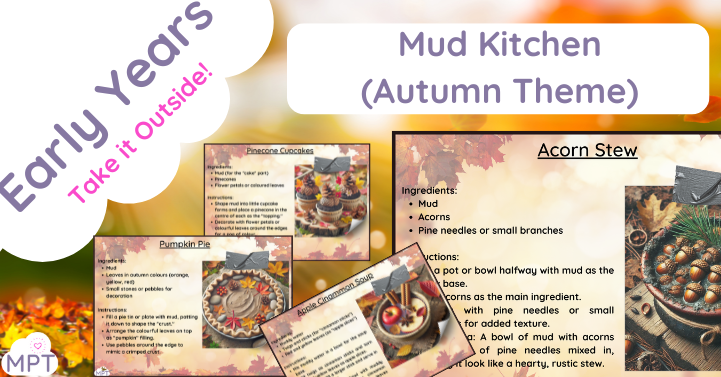
Mud Kitchen Recipe (Autumn Theme)
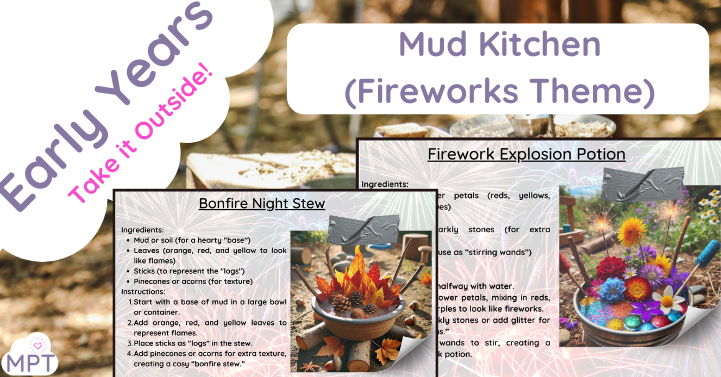
Mud Kitchen Recipes (Bonfire Night)
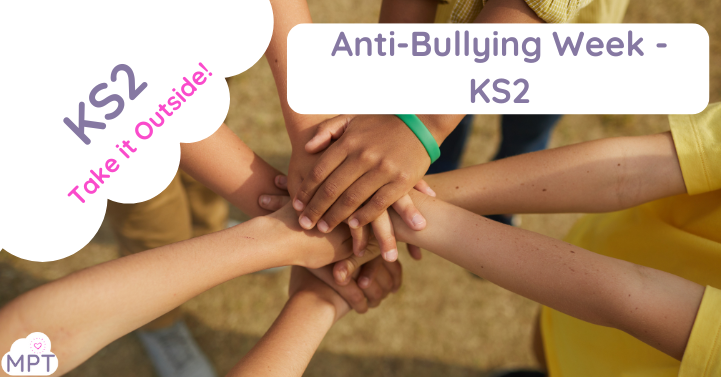
KS2 Anti-Bullying Week Ideas Pack

Anti-Bullying Week KS1
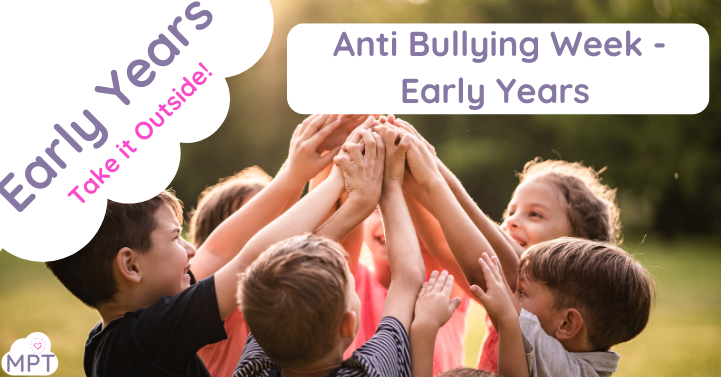
Anti Bullying Week – Early Years
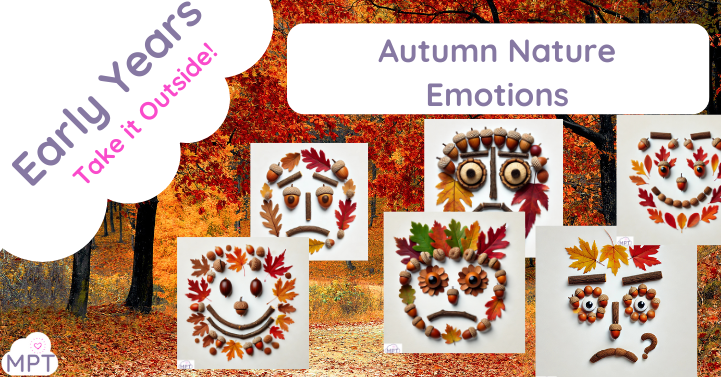
Autumn Nature Emotions
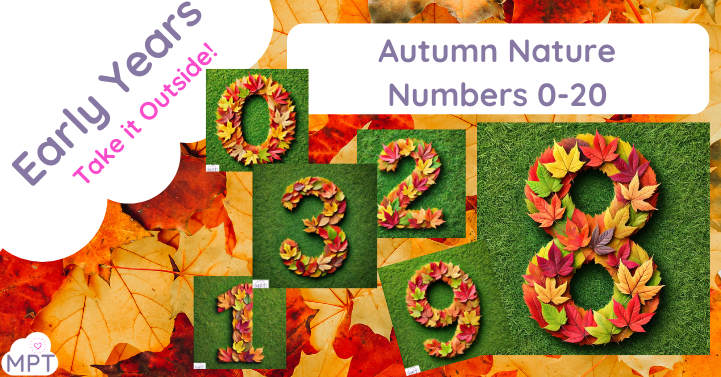
Autumn Nature Numbers 0-20 (Outdoor Displays)
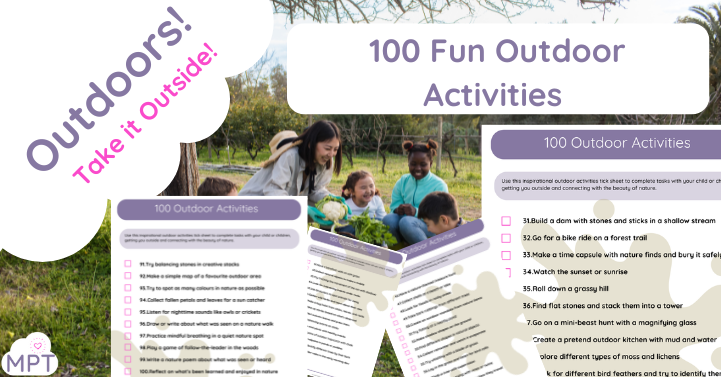
100 Fun Outdoor Activities
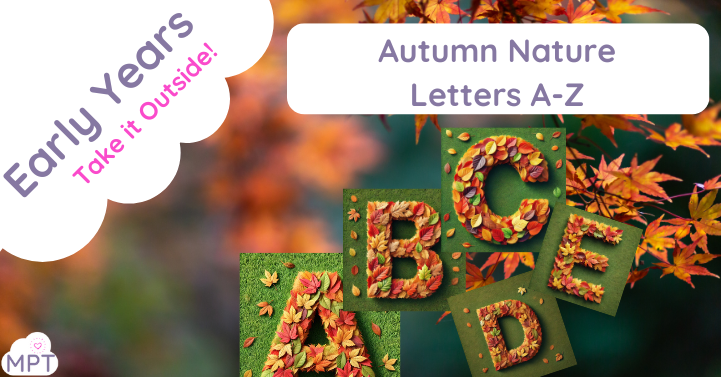
Autumn Nature Letters (Capitals)



